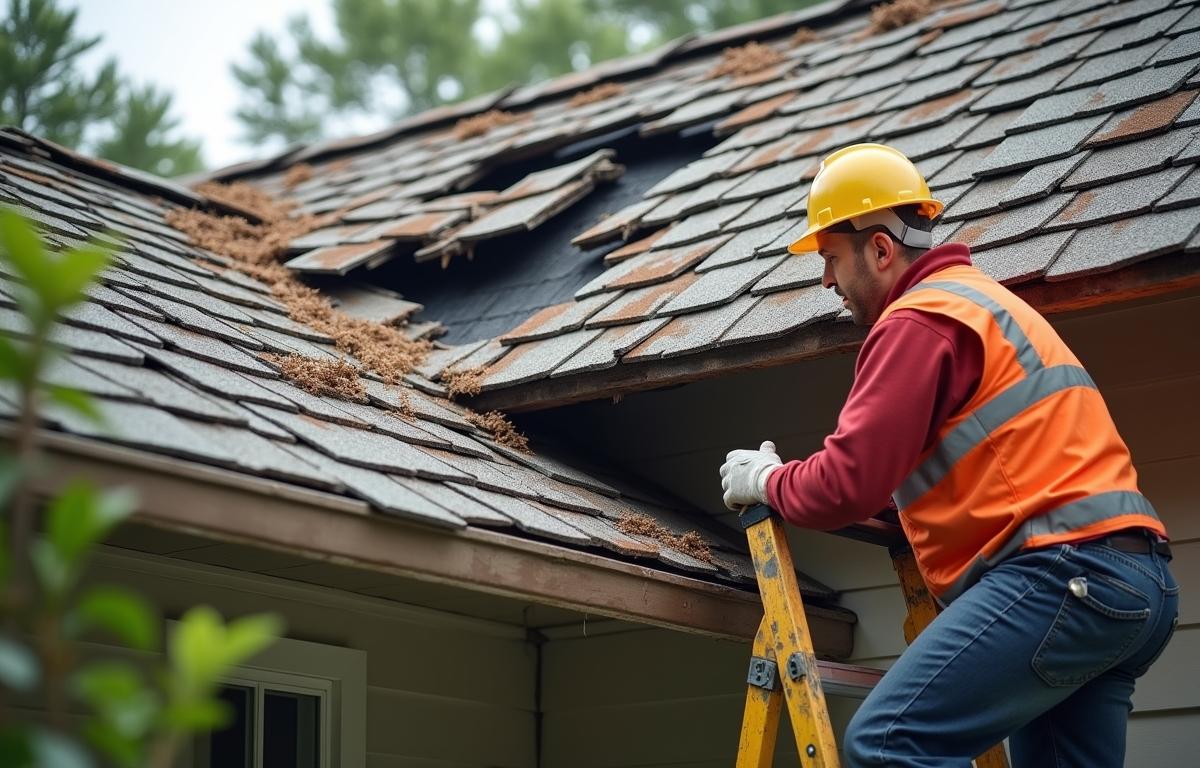Maintaining roof safety during repairs and inspections is important for protecting both workers and property. Roof work involves risks such as falls, injuries from tools, and exposure to extreme weather conditions.
Effective safety practices ensure the well-being of workers and contribute to a more efficient working environment. This article explores important safety measures that should be followed during roofing jobs, highlighting best practices and preventative steps for both new and seasoned roofers.
Understanding the Risks Involved
Every roofing project presents specific hazards that must be carefully assessed before any work begins. Common risks include falls from heights, electrical hazards, and the potential for heat stress during intensive tasks. According to the Occupational Safety and Health Administration (OSHA), falls are the leading cause of death in the construction industry, contributing to about one-third of all fatalities.
A thorough risk assessment is important. Workers should be trained to recognize these hazards and know how to address them effectively. It is also important to ensure that all equipment is in good condition, as malfunctioning tools can lead to accidents. Regular inspections of ladders, scaffolding, and safety gear help prevent incidents. Understanding and addressing these risks starts with proper training and planning.
Personal Protective Equipment (PPE)
Wearing appropriate Personal Protective Equipment (PPE) is a key part of roof safety practices. Workers should wear hard hats, safety goggles, and non-slip footwear to protect themselves from falling debris and slipping. Harnesses and safety lines are important, especially when working on steep roofs or at significant heights. The use of gloves can protect hands from sharp tools and materials.
Each worker should have gear suited to their specific tasks. A trusted local roofing contractor can offer guidance on the best PPE for different jobs and help ensure compliance with local regulations and industry guidelines. Upholding high personal safety standards builds a culture of prevention and awareness. Proper use of PPE can reduce the severity of injuries. Training workers on how and why to use their gear is just as important as supplying it.
Safe Work Practices
Establishing clear work practices helps reduce risks during roofing jobs. Using the buddy system promotes teamwork and allows workers to monitor each other and call for help if needed. This is especially helpful in preventing falls. Keeping work surfaces clean and free of debris lowers the risk of accidents. Developing a safety plan with clearly outlined emergency procedures supports safer job sites.
Including daily safety briefings encourages awareness among team members. Open communication ensures everyone remains informed, which helps identify hazards as they emerge. These habits improve safety and often boost team morale. Encouraging team members to voice safety concerns supports a proactive approach to injury prevention.
Weather Considerations
The weather has a strong effect on roof safety. High winds, rain, and extreme heat each pose challenges. Monitoring forecasts before and during work helps guide decisions about whether to continue a project. Wet surfaces increase the likelihood of slipping, and high heat can cause heat exhaustion. Scheduling work to avoid hazardous weather helps reduce exposure. Providing access to water and allowing frequent breaks on hot days supports worker safety.
If storms are expected, it’s best to pause work and secure the site to protect workers and materials. Teaching crews to recognize weather-related dangers reinforces safety awareness in all conditions. Respecting weather-related challenges can improve safety results across roofing operations.
By focusing on these key safety practices, the roofing industry can better protect workers, improve job efficiency, and reduce the number of incidents. A proactive approach to safety supports individual well-being and builds a workplace culture that values people over profit.
